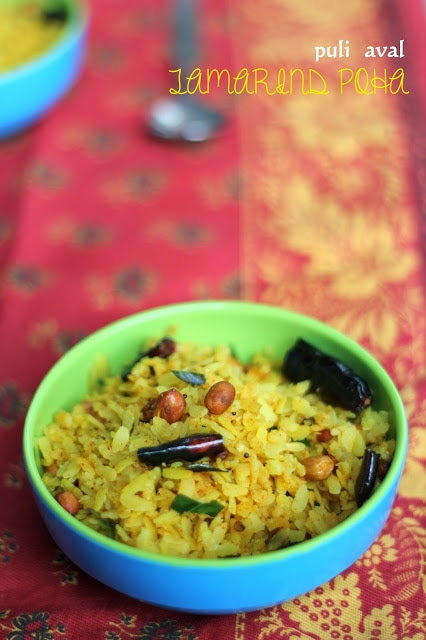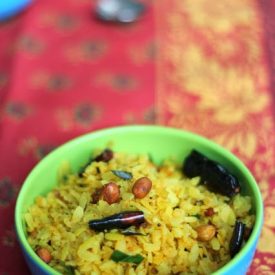

My maternal great grand mother
She was ‘Kayamma’ to me.
My maternal great-grandmother always wore a necklace with large corals. When I was a small child, the big orange stones fascinated me. When I used to ask her what those stones were, she would tell me that they were ‘kaai” and that’s how I started calling her Kayamma.
Kayamma spent nearly 50 years of her life in King’s Circle / Matunga (a locality in the heart of Mumbai that came up in the 1930s-40s where a large number of Tamilians had migrated) from 1940-1989 before they moved to Mulund to be closer to my grandparents. I’ve spoken about this in detail in my podcast interview on The Seen and The Unseen with Amit Varma.
My uncle had a running joke about her that instead of learning Hindi, she ended up teaching Tamil names of all the vegetables to the bhaaji wala bhaiyyaas (vegetable vendors) from UP in the Matunga veggie market.
Cut to my teenage years, when I lived with my grandparents, my great-grandparents lived next door. Whenever my grandparents were travelling, my great-grandparents and I would take care of each other. She would cook for me my favourite foods and I would run all their errands, help with household chores, smuggle in some snacks from the neighbourhood farsan shop for my great grandfather etc.
Kayamma’s cooking
She had some fantastic dishes in her repertoire. I remember watching her cook. She was extremely particular about a few things when it came to cooking.
- The thalippu (tempering) had to be generous – be it the mustard seeds or the urad dal or the quantity of oil used, she hated when people skimped on these things in the tempering of a dish. She judged a cook by the way they tempered their dishes.
- She had an unabashed love for asafoetida (heeng). Her cooking (and kitchen) was always redolent of this spice. So much so, that I would tease her as ‘perungaayam paati‘ (asafoetida granny, in Tamil), mainly when she used chunks of asafoetida and a tiny intact piece, which wasn’t dissolved properly would find its way into my mouth while eating sambar-rice. It could spoil the taste in your mouth for hours.
- Her other love was gingelly oil (nallennai) which she used liberally in her dishes and even tiffin items like upma.
As a kid, I used to hate mustard seeds, asafoetida and gingelly oil. But as per the rules of adulting, I have duly fallen in love with all these ingredients. Following kayamma’s rules of cooking, I try to be generous with the tempering. I use the strongest (uncompounded) asafoetida to spike my Tamil vegetarian dishes whose effect can only be experienced, not explained. I will use only gingelly oil to mix my molaga podi for idlis and dosas. {recipe for flax seed molaga podi}
She passed away at the ripe old age of 92 in 2009. She had the good fortune to see two great-great-grandchildren in her lifetime.
This is one of my favourite dishes she used to make and each time I make this in my kitchen, it is with many fond memories of her.

Recipe for Tamarind poha / beaten rice / Puli Aval
Serves 2-3

Puli Aval / Tamarind Poha
Ingredients
- 1.5 cups poha Thick
- 2 tbsp gingelly oil South Indian sesame oil
- 3 - 4 dried red chillies
- 1 tsp mustard seeds
- 2 tbsp chana dal
- 1 tbsp urad dal split
- 2 tbsp peanuts
- 2 - 3 sprigs curry leaves
- big pinch asafoetida powder
- 1/4 cup tamarind extract or 1.5 tsp tamarind paste
- 1/4 tsp turmeric powder.
- 1 tsp Salt
- 1.5 tsp sambar powder
- 2 to 3 tbsps coconut freshly grated .
Instructions
- Place the poha in a colander and wash well in running water. Drain the excess water, cover and keep aside.
- Heat the oil and add the mustard seeds, dried red chillies, chana dal, urad dal, peanuts, curry leaves. Saute until the peanuts and dal turn golden brown. Stir in the asafoetida powder.
- Add tamarind extract to this tempering and bring to a boil. Let this simmer on a medium flame for 3-4 minutes until the extract is well cooked (no more raw tamarind smell) and thickened slightly.
- Add salt and turmeric powder to this.
- Once this dissolves, add the washed poha and sambar powder and stir gently to bring all the ingredients together.
- Check for salt and adjust accordingly.
- Garnish with some fresh coconut before serving it hot.
Notes
More poha recipes I would love for you to try
Maharashtrian Kanda Poha (onion poha)
Before You Leave
- Check out all my books here
- Check out my Amazon store




Wow! Blessed are you and your son to be blessed by Kayamma. I simply want to make this puli aval just to experience how grand old dishes taste!
Loved reading this Nandita, especially the bhaji wala experience brought a smile to my eye remembering my own grandmom :). I had the fortune of knowing my great-great-grandmother for a few years, but such things are not appreciated enough at that age.
Nice post, I bookmark your blog because I found very good information on your blog, Thanks for sharing more informatiom http://goo.gl/tGqfRs
Oh’ That was unique and very traditional food. Mind if I try this one. Im a private chef in austin by the way. Thanks!
will definitely try this..I am myself big fan of heeng
Man, HOW I hated biting into perungayam pieces in my grandmother’s sambar (and other items)! However, dissolved, perungayam is one of my cant-do-without spices! 🙂
This is so nice. Lovely and yummy